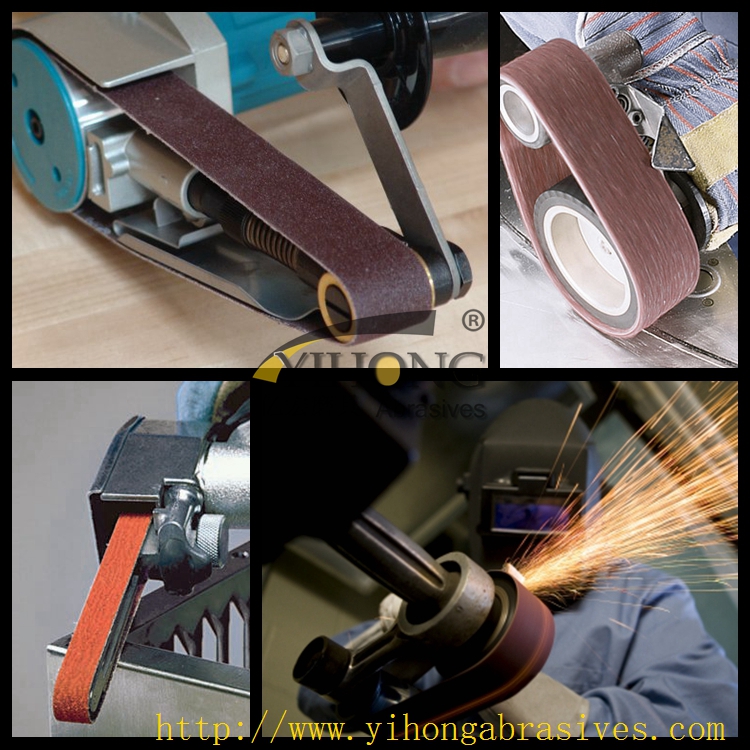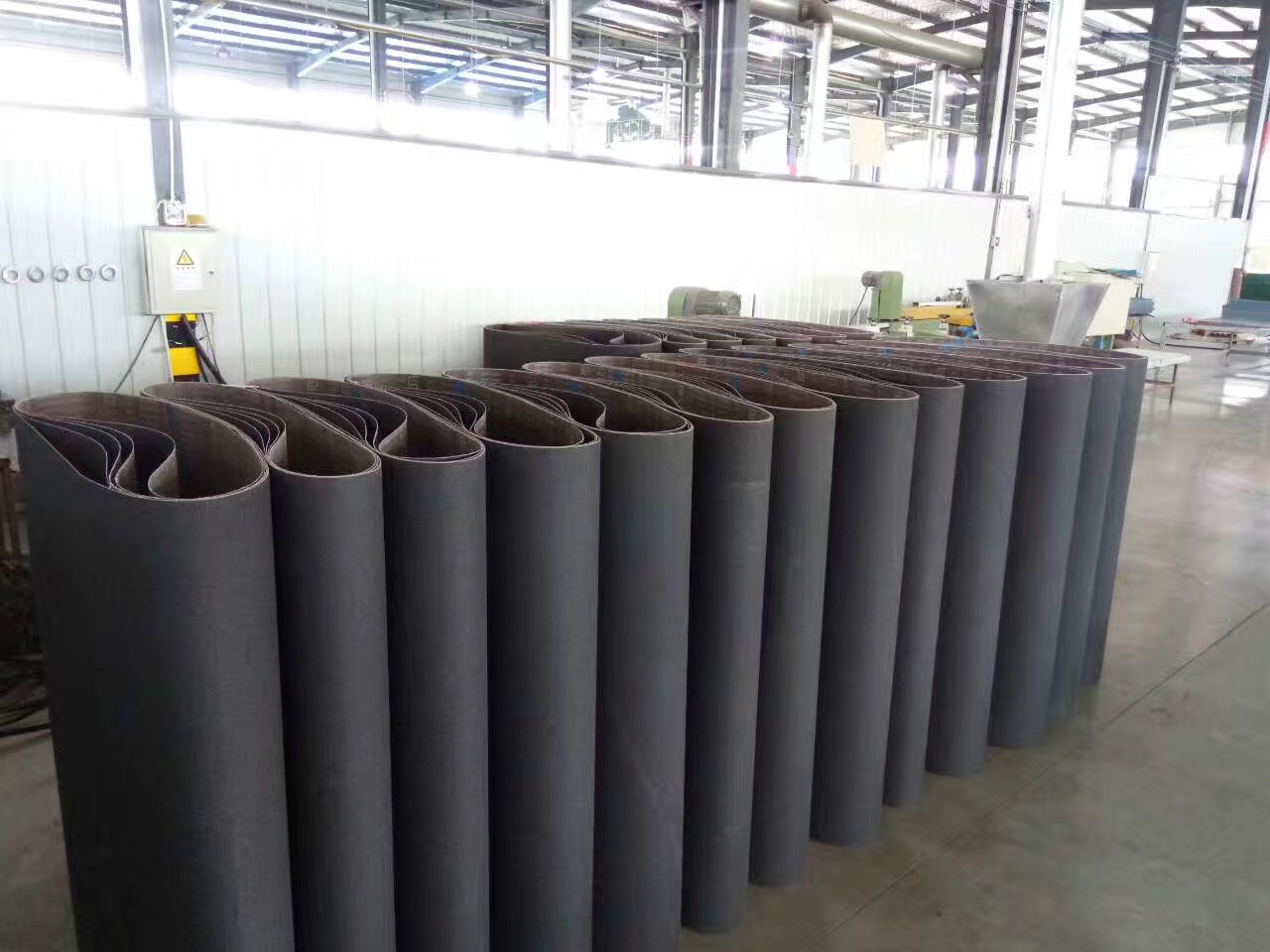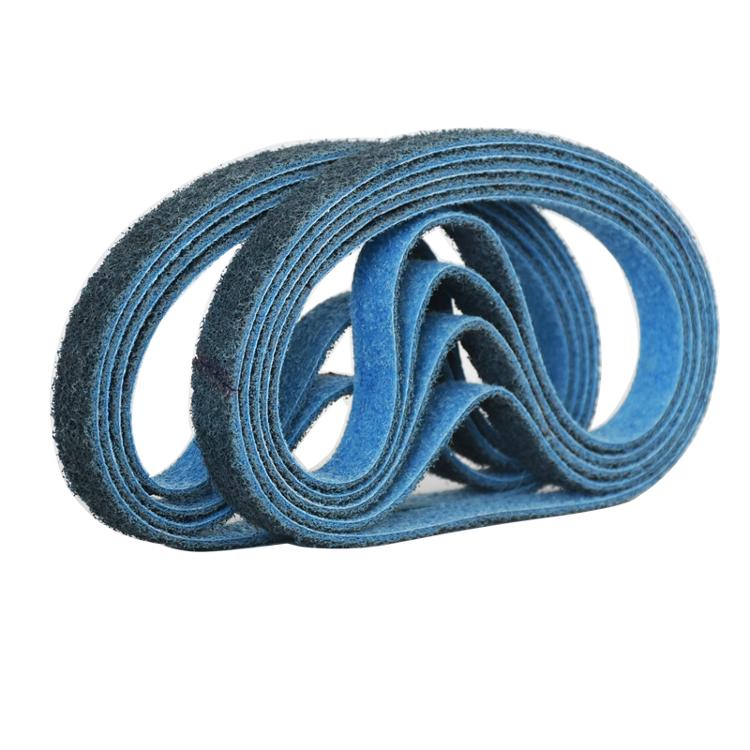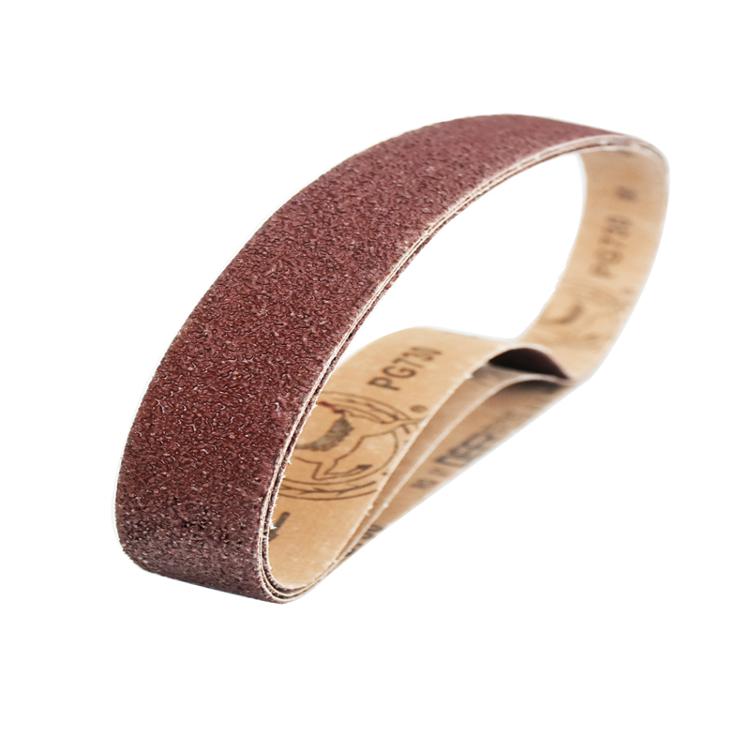
Precision processing technology
Traditional precision machining methods include cloth wheel polishing, belt grinding, ultra-fine cutting, fine grinding, honing, grinding, super-finishing polishing, magnetic grain finishing.
1, polishing
It is a kind of micro-machining of the surface of the workpiece by mechanical, chemical and electrochemical methods. It is mainly used to reduce the surface roughness of the workpiece. The commonly used methods are: manual or mechanical polishing, ultrasonic polishing, chemical polishing, electrochemical polishing and electricity. Chemical mechanical composite processing.
The workpiece is processed by using an abrasive-bonded blended cloth as an abrasive tool, which belongs to the field of coated abrasive grinding, and has the characteristics of high productivity, good surface quality and wide application range. Foreign countries have made great achievements in the abrasive belt materials and production process. With the abrasive belt series adapted to different occasions, the general and special abrasive belt grinding machines are produced, and the degree of automation is continuously improved, but the domestic abrasive belts are few varieties. The quality also needs to be improved, and the machine tool is still in the transformation stage.

3, precision cutting
Cutting with high-precision machine tools and single crystal diamond tools, mainly used for precision machining of soft metals such as copper and aluminum, which are not suitable for grinding, and also has good optical properties.
4, ultra- precision grinding
With micro-grinding on precision grinding machines with precision-trimmed grinding wheels, metal removal can be as small as sub-micron and can achieve high dimensional accuracy, positional accuracy and very low surface roughness. The dimensional accuracy is 0.1~0.3μm, the surface roughness is Ra0.2~0.05μm, and the efficiency is high. Applications range from soft metals to hard-to-cut materials such as hardened steel, stainless steel, and high-speed steel, as well as hard and brittle non-metallic materials such as semiconductors, glass, and ceramics. Almost all materials can be processed by grinding. However, after the grinding process, the metallographic structure of the surface to be processed changes under the action of grinding force and grinding heat, and defects such as work hardening, quench hardening, thermal stress layer, residual stress layer and grinding crack are easily generated.

5, honing
The honing head consisting of oil sands is reciprocated along the surface of the workpiece under a certain pressure. The surface roughness after processing can reach Ra0.4~0.1μm, preferably to Ra0.025μm, mainly used for processing cast iron and steel. It is not suitable for processing non-ferrous metals with low hardness and good toughness.
6, precision grinding and polishing
Through the abrasive and machining fluid between the workpiece and the tool, the workpiece and the lap are mechanically rubbed together to achieve the required size and precision of the workpiece.
abrasive belt | Zirconia Alumina Abrasive Belt | Compact Abrasive Belt | Silicon Carbide Abrasive Belt
Copyright ©Henan Sanders Abrasives Co.,Ltd All Rights Reserved. Technical Support By Yihong Century Network Technology Co., Ltd. Sitemap

 Henan Sanders
Abrasives Co.,Ltd
Henan Sanders
Abrasives Co.,Ltd








